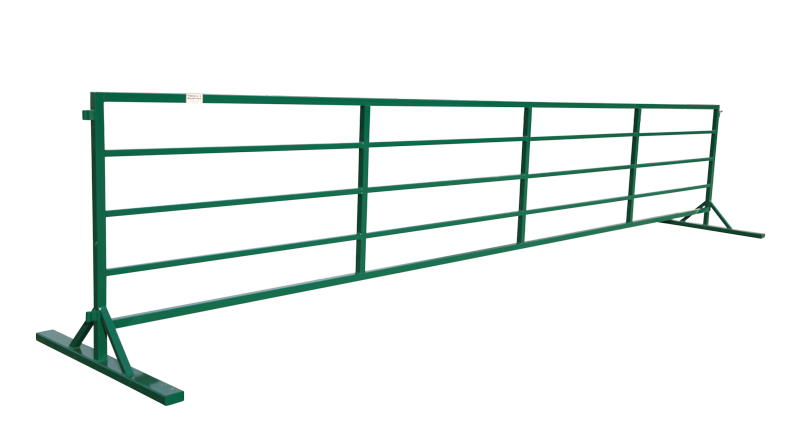

The no-feeder control resulted in greater pen weight loss than six of the feeders, but was not different from the hayhut, ring or tombstone saver. However, when compared to the no-feeder control, six of the nine feeders resulted in small pen weight gains, including the cinch net, cone, covered cradle, hay sleigh, tombstone and waste less feeders. Pen weight change was not different among feeder types.

However, the no-feeder control resulted in a reduced intake of 1.3 percent BW. The orchardgrass hay met or exceeded the horses’ nutritional requirements for digestible energy (DE), crude protein (CP), calcium (Ca) and phosphorous (P) for non-working mature horses.įeeder design did not affect hay intake all feeders resulted in an estimated hay intake of 2.0 to 2.4 percent bodyweight (BW). The manufacturer also recommends that horses should not be shod when feeding from the cinch net. Thus, we recommend the cinch net be used in combination with another feeder to eliminate horse access as the round bale collapses during feeding. After two days of feeding off the cinch net, the round bale collapsed down and horses were able to stand and defecate on the remaining hay. However, cosmetic rub marks along the sides of faces were observed on many horses feeding out of the waste less.Įxperiments utilizing different age groups of horses, and for longer durations, would help to further examine the safety of each feeder. No injuries were observed from any feeder types during the data collection period. to ensure horses had constant access to hay in the feeder. The waste less feeder also had collapsible side-feeding panels but panels were lowered by hand every day at 9 a.m. The covered cradle had collapsible side-feeding panels that rested on the bale and compressed down as the bale was eaten. Number of months for the reduction in waste to repay feeder cost (payback) was calculated using hay valued at $100 per ton and improved feeder efficiency over the control. The total amount of hay removed around each feeder for a four-day period was considered waste.ĭry matter intake was estimated as the difference between hay disappearance and waste. Hay on the ground surrounding the feeder was collected daily, dried and weighed. Groups of five adult horses, quarter horse and thoroughbred geldings and open mares, were fed hay in each feeder over a four-day period.Įvery fourth day, groups of horses were rotated among paddocks, weighed and a new round bale was placed in each feeder. Each feeder was evaluated for 20 consecutive days by a total of 25 horses. Each feeder was placed on the ground in a dirt paddock.


 0 kommentar(er)
0 kommentar(er)
